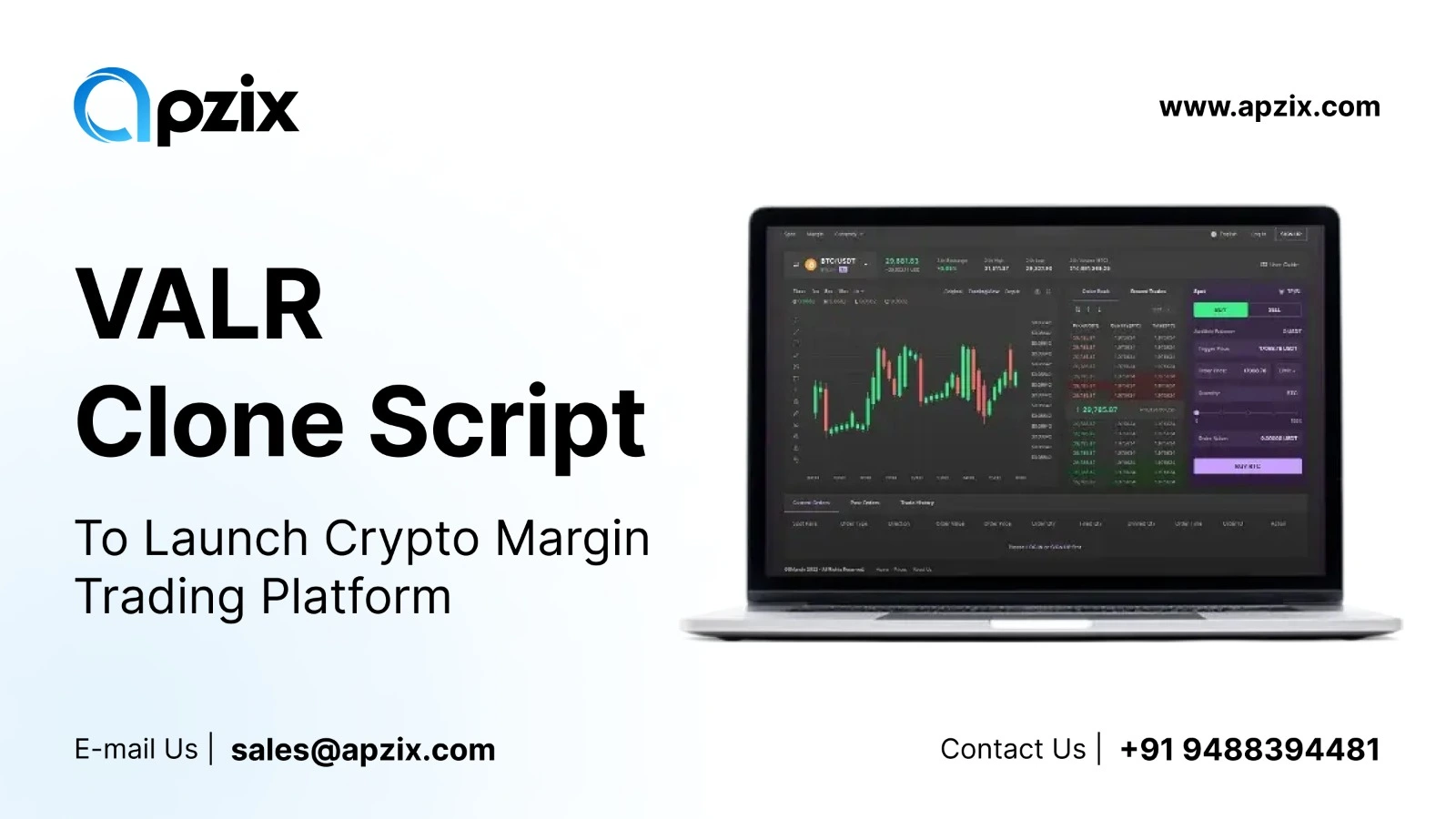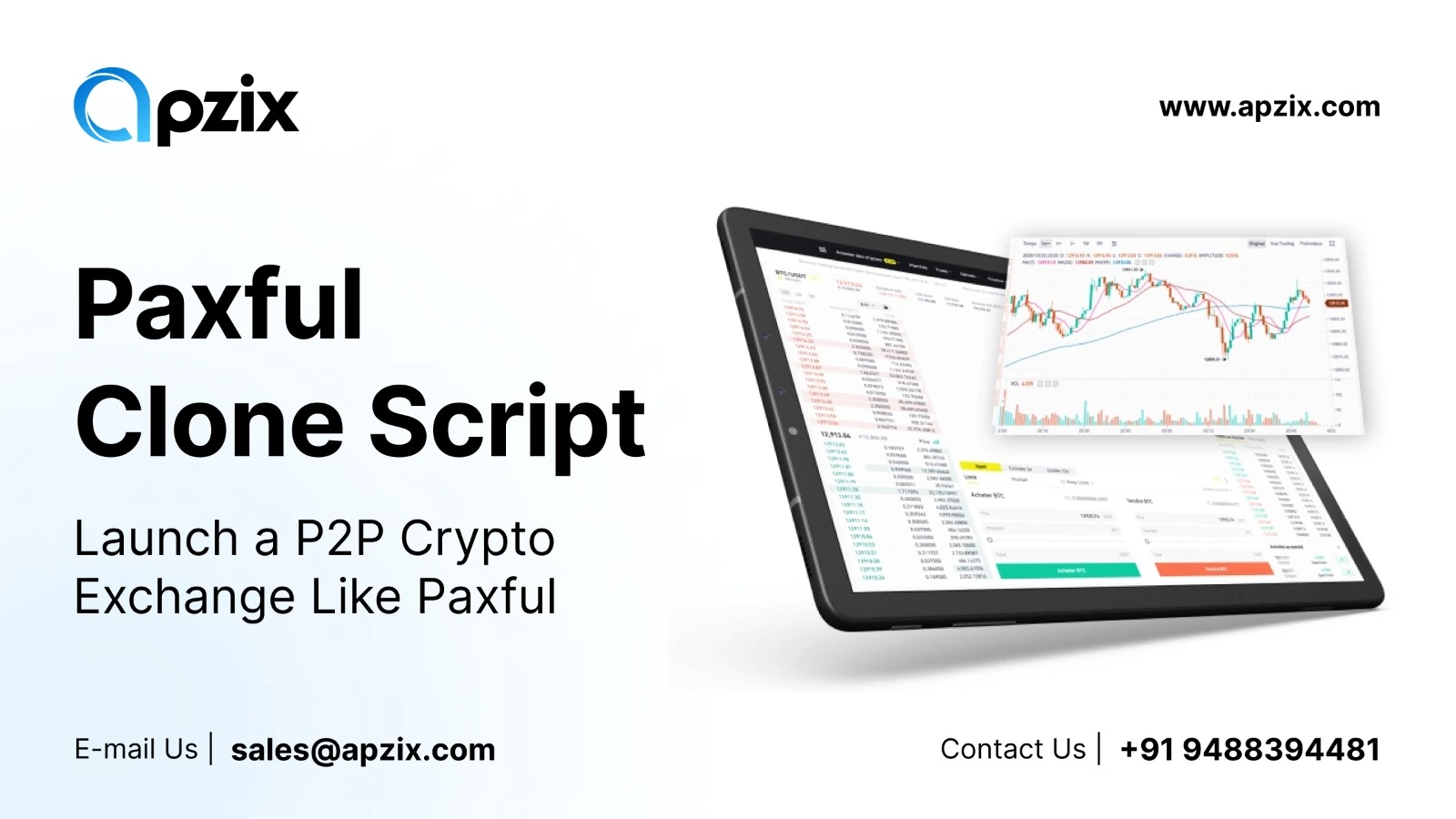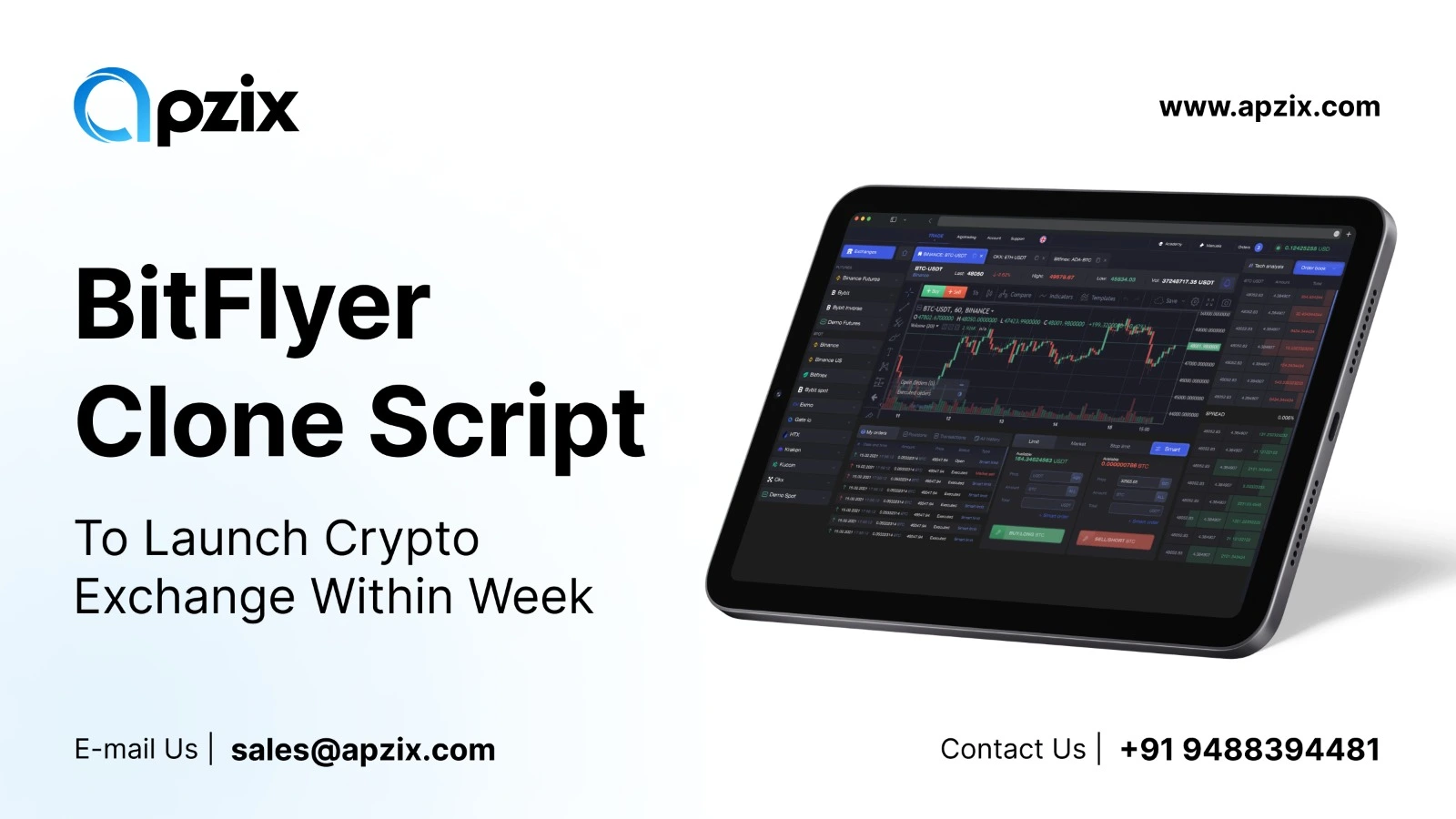
In the hyper-competitive world of cryptocurrency trading, speed is profit. Whether it’s arbitrage, market-making, or scalping, traders are constantly searching for platforms that give them a technological edge. With institutional money entering crypto and trading strategies evolving at lightning speed, building an exchange that can meet their expectations is no small task.
That’s where ApziX comes in.
ApziX is at the forefront of next-generation cryptocurrency exchange development, offering a Binance clone enhanced with FPGA-accelerated trading engines and nanosecond-level order matching. This advanced fusion of crypto and high-frequency trading (HFT) hardware brings Wall Street-grade performance into the digital asset world.
What Is a Binance Clone?
A Binance clone is a pre-developed software solution that mimics the core features of the Binance exchange. It’s perfect for businesses or individuals looking to launch a crypto trading platform without building everything from scratch. With its ready-to-use framework, you get a cost-effective and time-saving way to enter the crypto market—leveraging the proven success model of Binance while customizing it to fit your unique brand and goals. It typically includes features such as:
Spot, futures, and margin trading
Advanced user dashboard and admin control
Multi-layered wallet infrastructure
Integrated KYC/AML compliance
Liquidity APIs for deep order books
A core matching engine
While many Binance clone scripts focus on UI/UX and basic functionality, ApziX takes it much further—transforming a binance clone into a performance-driven, institution-grade exchange.
The ApziX Difference from Speed at the Core
Most crypto exchanges run on software-based matching engines powered by CPUs or GPUs. These systems may be sufficient for casual or retail users but are far too slow for algorithmic or high-frequency traders.ApziX prioritizes performance by integrating Field-Programmable Gate Arrays (FPGAs) into the matching engine.
What Is FPGA, and Why Does ApziX Use It?
FPGA (Field-Programmable Gate Array) is a powerful hardware solution widely adopted in high-frequency trading systems. It enables real-time market data analysis and executes trades at nanosecond-level speeds. Through parallel processing and hardware-level acceleration, FPGAs deliver ultra-low latency and unmatched performance in order matching.
Serving as a trading accelerator, FPGA reduces execution times from microseconds to nanoseconds—far outperforming traditional software-based systems. This results in significantly higher throughput and real-time responsiveness.
Unlike conventional systems, FPGAs allow for inline data processing with no lag, enabling immediate analysis and execution. Their ability to handle multiple operations simultaneously makes them ideal for time-critical trading environments.
Development using FPGAs often incorporates High-Level Synthesis (HLS), which allows engineers to design complex logic using high-level languages, dramatically speeding up development and increasing productivity.
ApziX, the FPGA is used to
Execute order matching in nanoseconds
Perform real-time pre-trade risk checks
Interface directly with smart NICs to avoid OS-level delays
Process thousands of orders per second with minimal latency
Nanosecond-Level Order Matching: A Technical Advantage
Reaching nanosecond latency is a feat typically reserved for high-end proprietary trading systems in traditional finance. ApziX brings this level of precision to crypto.
Here’s how:
Custom FPGA Matching Engine
ApziX engineers have developed a hardware-level matching engine coded in low-level languages like Verilog and VHDL, designed specifically for speed and scalability.
Optimized Data Pipeline
By minimizing the hops between user input, order book, and execution logic, ApziX reduces delays at every stage.
Bypassing Traditional Networking Delays
ApziX uses kernel bypass technologies (e.g., DPDK) to avoid operating system interference and connect directly to the network layer.
Memory & I/O Optimization
FPGA-enabled systems use high-speed memory buses to read and write data instantly, ensuring ultra-low response time.
For traders using algorithms and bots, this means more executed trades, tighter spreads, and better profitability.
Developing a Binance clone script with an FPGA-owned trading engine is an advanced project that combines crypto exchange development with hardware-accelerated trading logic using FPGAs (Field-Programmable Gate Arrays).
A step-by-step guide to help you understand how to develop an FPGA-owned Binance clone script
Step 1: Define Core Features of the Binance Clone
Start by outlining all core functionalities your Binance clone should offer:
Frontend (User-facing)
Signup/Login with 2FA
Live crypto trading dashboard
Order book, charts (TradingView), trade history
Spot and margin trading
Wallet management
Backend
Matching engine (partially FPGA-controlled)
User & wallet management
Order handling system
Admin panel
KYC/AML modules
APIs for trading bots & third-party integrations
Step 2: Choose Your Technology Stack
Frontend
React.js or Vue.js for web
Flutter or React Native for mobile
Backend
Node.js / Go / Python for microservices
PostgreSQL / MongoDB for data storage
Redis for caching
RabbitMQ/Kafka for messaging queues
Blockchain Integration
Web3.js or Ethers.js for Ethereum
Bitcoin Core API, Binance Smart Chain APIs, etc.
Step 3: Develop the FPGA-Based Matching Engine
This is the most technically demanding step.
What to do
Design FPGA Logic for Order Matching:
Use HDL (VHDL or Verilog) to design a low-latency order matching core
Functions: order queue management, price comparison, trade execution
Use finite state machines (FSMs) for deterministic behavior
Choose Hardware
Use platforms like Xilinx Alveo, Intel Stratix 10, or Digilent FPGA boards
Integrate FPGA with Backend:
Use PCIe or Ethernet interface to connect FPGA to your server
Create driver-level APIs to interact with the FPGA engine
Design a middleware layer to bridge REST/gRPC APIs with FPGA logic
Offload Matching Only
Let FPGA handle price-time priority, queue management, and matches
Let the backend handle user validation, balance checks, and logging
Step 4: Connect the Exchange Script with FPGA Logic
Build a middleware layer that:
Receives orders from frontend via REST/WebSocket
Forwards raw order data to the FPGA
Receives matched orders from FPGA
Triggers fund transfers and logs in backend DB
Use C/C++ or Rust for ultra-fast middleware communication.
Step 5: Implement Security Mechanisms
HTTPS, WAF, firewall rules
Cold/hot wallet management
DDoS protection, rate limiting
FPGA-level validation (checksum verification, anti-tamper logic)
Step 6: Testing and Simulation
Use testnet environments (e.g., Binance Smart Chain Testnet)
Simulate high-frequency trades using trading bots
Measure latency between order placement and match confirmation
Compare software-only vs FPGA-enhanced performance
Step 7: Deployment
Deploy backend using Kubernetes/Docker
FPGA logic can run on on-prem servers or cloud FPGA instances (AWS F1, Azure NP-series)
Use Grafana + Prometheus to monitor performance, including hardware metrics
Step 8: Maintenance & Optimization
Continuously optimize HDL code to reduce logic delay
Upgrade FPGA firmware as needed
Log metrics and heat maps for load balancing
Challenges & Considerations
Although ApziX simplifies the process, it’s important to acknowledge the complexity of ultra-low-latency systems:
Initial Investment – FPGA hardware and engineering require capital, but the potential ROI is substantial.
Custom Development – Your system may need specialized modifications depending on your target users.
Compliance Demands – Regulatory requirements must be addressed early in the development process.
With a team experienced in both crypto and fintech, ApziX helps you manage these challenges effectively.
Ready to Build the Fastest Crypto Exchange?
ApziX stands as a leading cryptocurrency exchange development company, delivering cutting-edge trading solutions to clients across the globe. We specialize in building high-performance platforms powered by FPGA-accelerated trading engines, known for ultra-low latency, consistent performance, and efficient parallel processing — all customizable to suit your specific business needs.Our solutions are fortified with advanced cryptographic protocols and modern security infrastructure, ensuring your exchange remains compliant, secure, and resilient against cyber threats.
From end-to-end platform development to ongoing support and scalability, ApziX provides the flexibility you need to grow confidently. As your user base expands and market demands evolve, your exchange will continue to deliver unmatched speed, reliability, and performance.
Get a free consultation with our expert team today!











